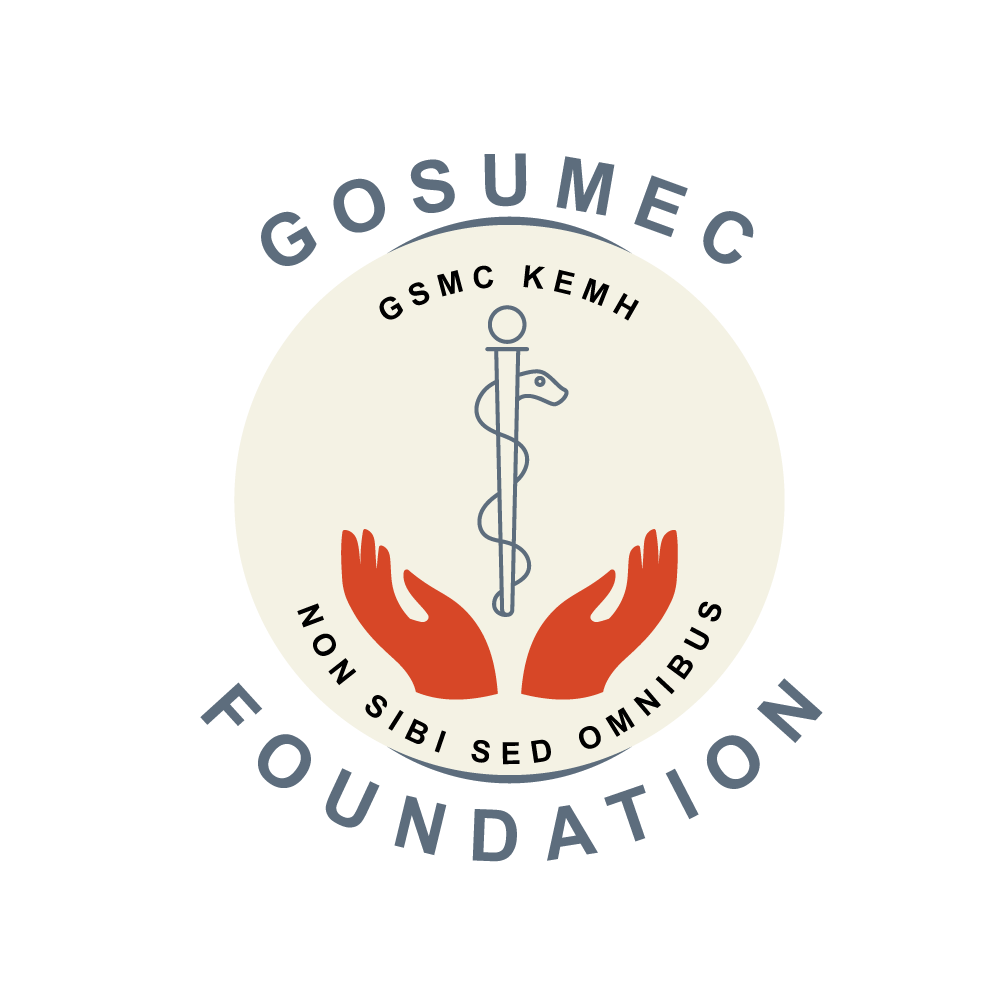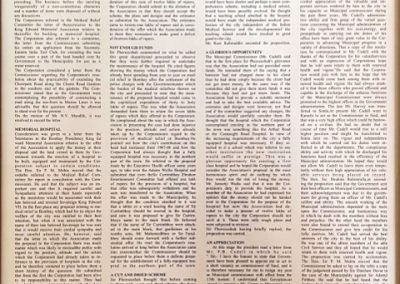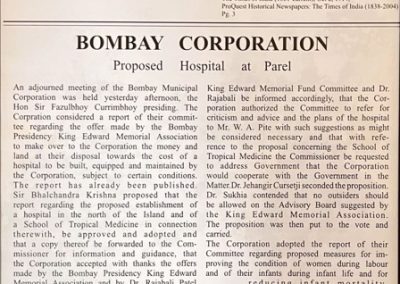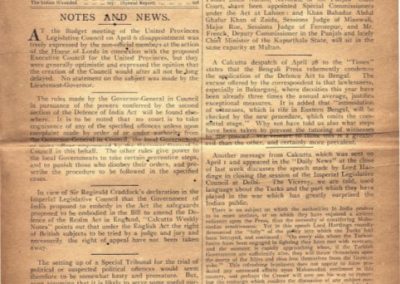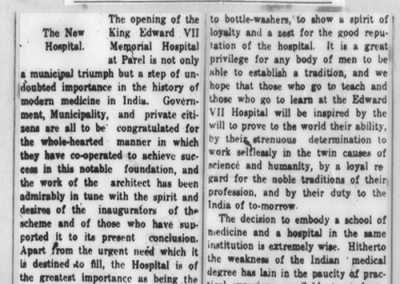Nationalistic Spirit
Born out of nationalistic spirit from discontent of denial to professorial posts by British Indian Medical Services (IMS) officers was a zeal to develop a hospital and medical school to be staffed entirely from independent Indian medical practitioners in the city.
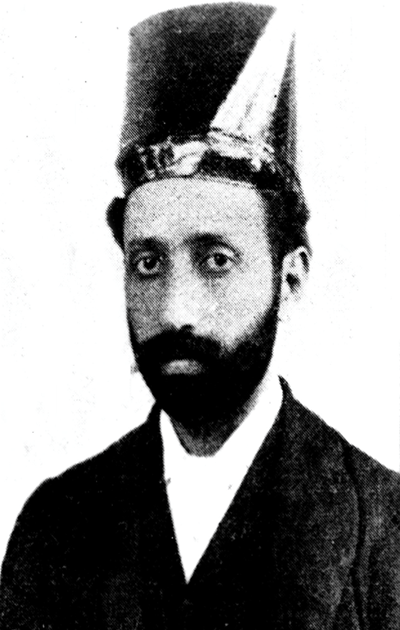
Dr. K.N. Bahadurji
Dr. K.N. Bahadurji was the first Non-Britisher to be awarded the degree of M.D. from London. His vision to dichotomize the IMS into Military and Civil branches and the subsequent role played by his son D.N. Bahadurji laid the stepping stones to the creation of our alma mater.
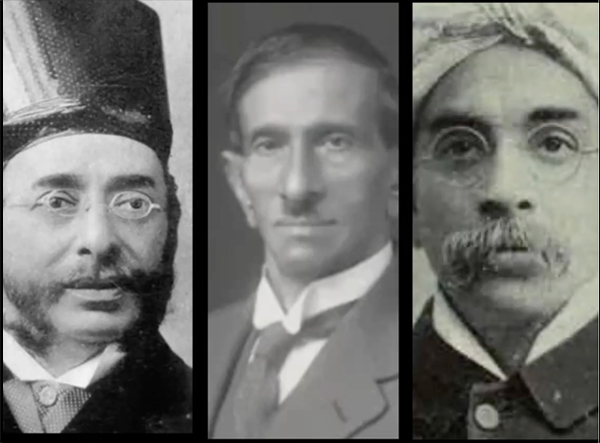
Pherozeshah Mehta, Chimanlal Setalvad, Narayan Chandavarkar
With the passage of the Police Charges Act (1907) and funds made available from the estate of Muljee Jetha from arbitration of inheritance dispute by Pherozeshah Mehta, Chimanlal Setalvad and Narayan Chandavarkar amongst the heirs of Gordhandas Sunderdas allowed the funding of the medical college from a charitable contribution of Rs 14.5 lacs.
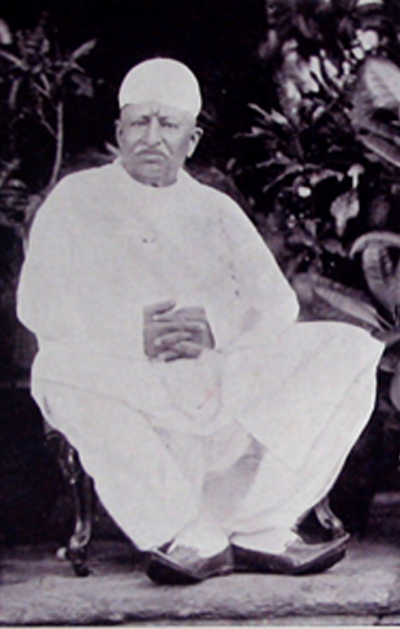
Muljee Jetha
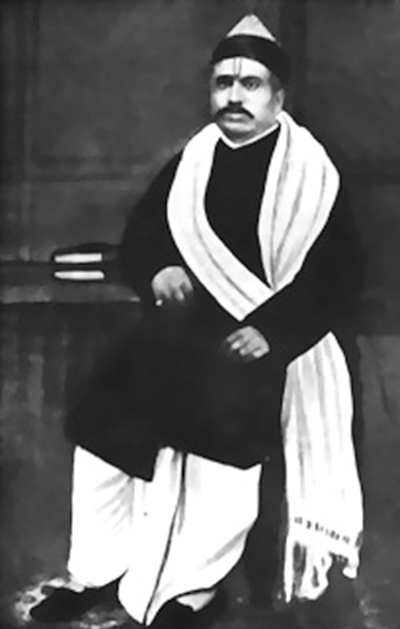
Gordhandas Sunderdas
This endowment and a memorial fund for King Edward VII with a land grant of 50,000 sq yards of Parel Government House estate, in the mill workers district (Giran gaon) allowed the creation and current location of our twin institutions.

King Edward VII
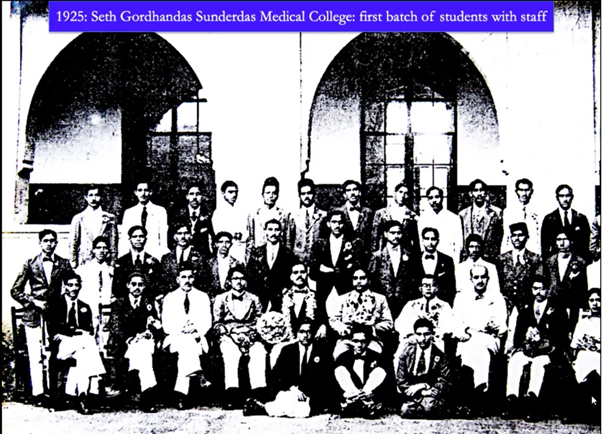
1925: First batch of students with Dean Dr. Jivraj Mehta



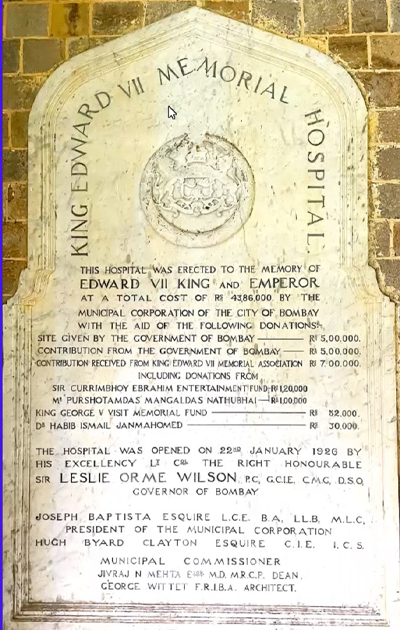
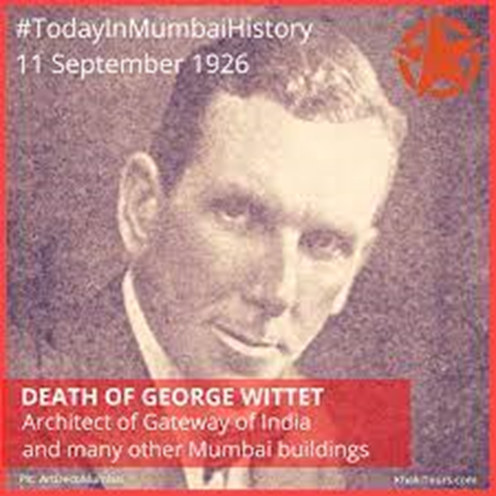
George Wittet
British Architect designer of landmarks like Gateway of India drew the plans for GSMC & KEMH in the revivalist Indo Saracenic architecture.
These plans were signed off by W.A. Pite (Designer of King’s College Hospital in London) for the construction of the hospital at a cost of Rs 21,00,000.
Recommendations from Florence Nightingale led to the iconic rooms with large hallways, pavilion-style well-lighted and airy rooms.

Hansa Mehta and Dean Dr. Jivraj Mehta
Dr. Jivraj Mehta’s vision created the first institution in India with inter-connected medical college, hospital and outpatient departments allowing entirely Indian medical practitioners and students stay dry during the monsoon weather.

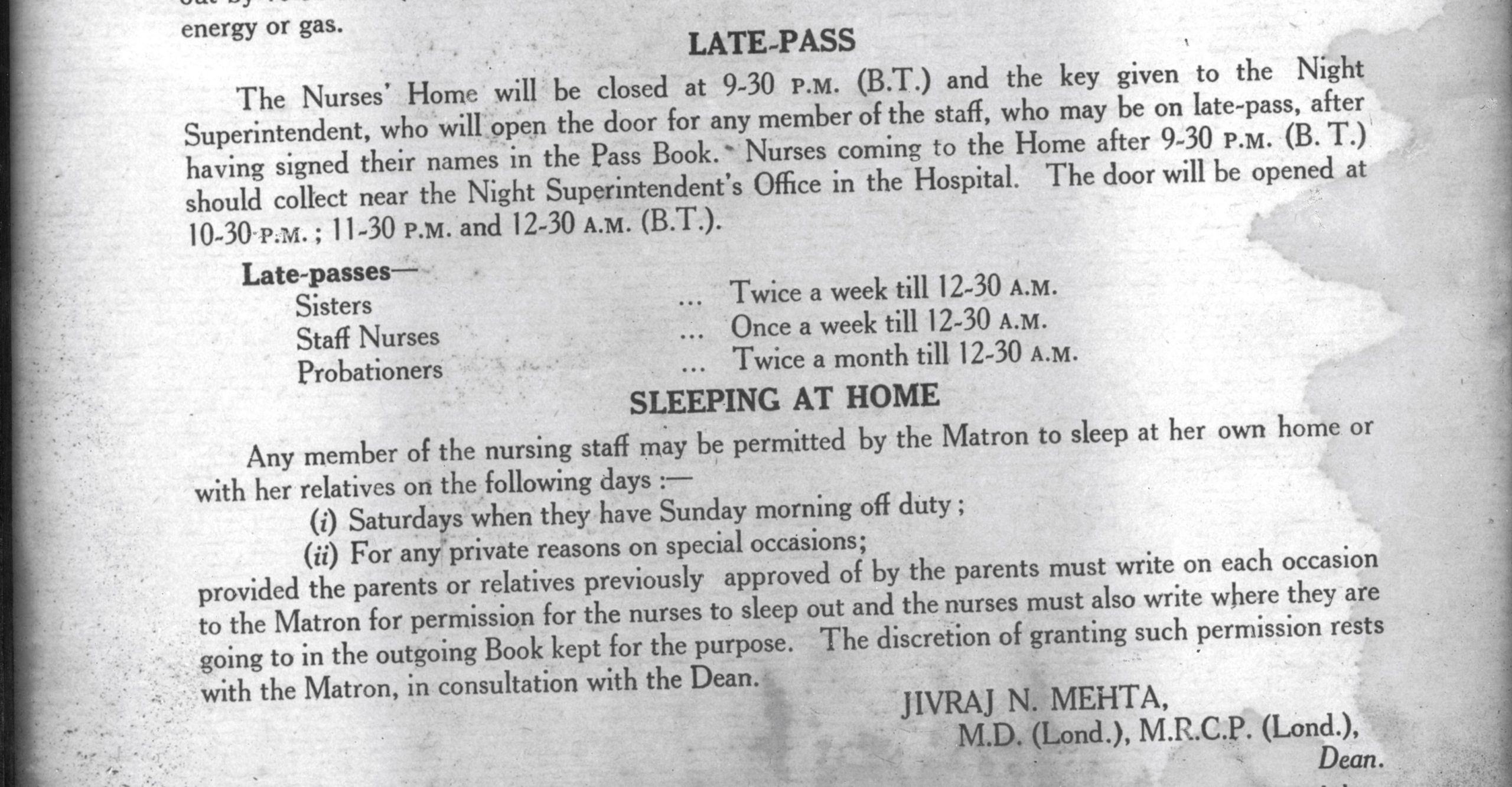
Rules for the Nurses’ home by Dr. Jivraj Mehta
Dr. Jivraj Mehta would often come over unannounced to the hospital in the middle of the night, keeping his car outside the hospital compound, checking that no one on duty misused their time.
He would even taste patient’s food and check the facilities including the toilets!

GSMC and KEMH provide training to about 2000 students in undergraduate (UG), post graduate (PG) and super-specialty courses including school of Physical Therapy and Occupational therapy. Master’s and PhD’s are offered in various allied medical specialties and even a nursing school is maintained.
Starting off as a 100 bedded hospital, staffed entirely by Indian Medical Practitioner’s (honoraries) with 28 RMOs and 46 students, this medical institution is now funded by the Municipal Corporation of Greater Mumbai.
Today it boasts of 558 staff physicians with 1094 resident doctors, working in an over 2250 bedded hospital (which includes a multistorey building), treating about 1.8 million outpatients and 67,000 inpatients annually.
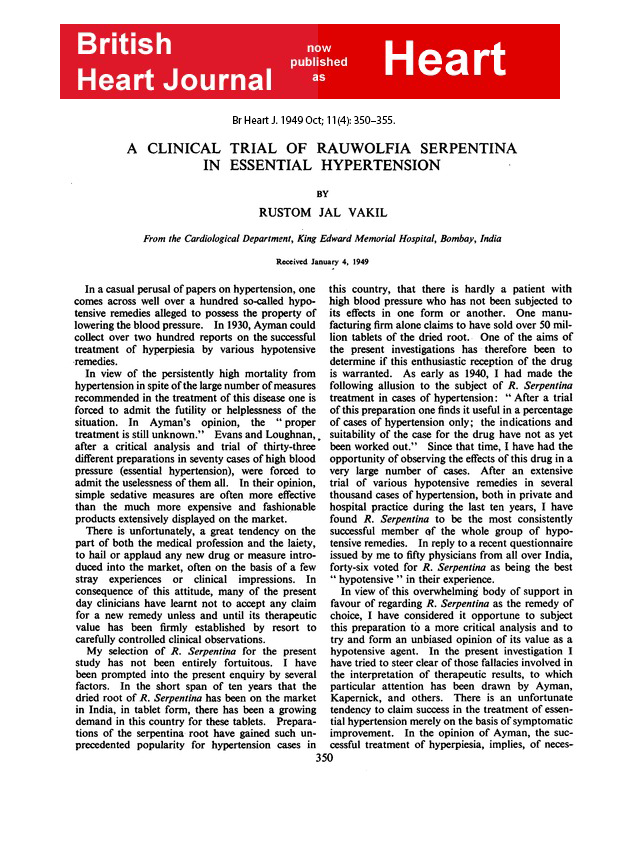
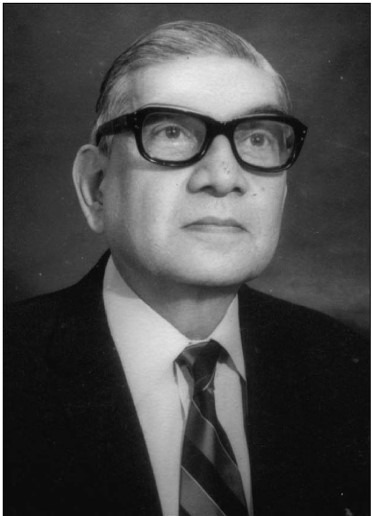
Dr. R. J. Vakil
GSMC & KEMH have many first’s in its illustrious past and the tradition we wish for it to continue, for us alums to feel proud of! So, let us all come together and offer our resources to our Alma Mater!
After all “Who are we… Gsites”.
Photos’ Courtesy of Dr. Ravi Ramakantan & Dr. Sunil Pandya.
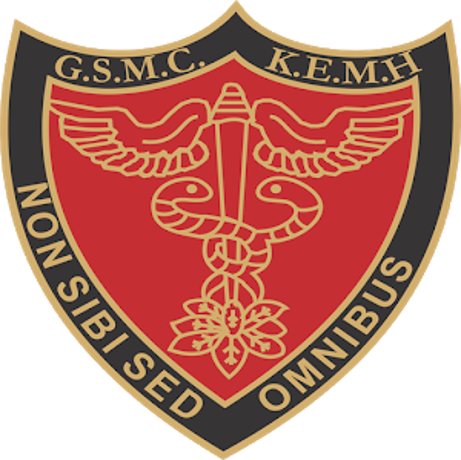

Helping hand from Gosumec Foundation towards our alma mater.
Staff of Asclepius representing healing & medicine.
Genesis of GSMC & KEMH, Dr. Sunil Pandya
Seth GS Medical College & KEM Hospital Mumbai arose from philanthropy, aiming to enhance healthcare and medical education by Indian physicians.
Its collaborative inception shapes an enduring legacy.
BOMBAY, 1932
During British colonial rule, Bombay showcased the iconic ‘Gateway of India,’ fusing Victorian and indigenous architecture.
It was crafted by George Wittet, who also worked on KEM Hospital.
